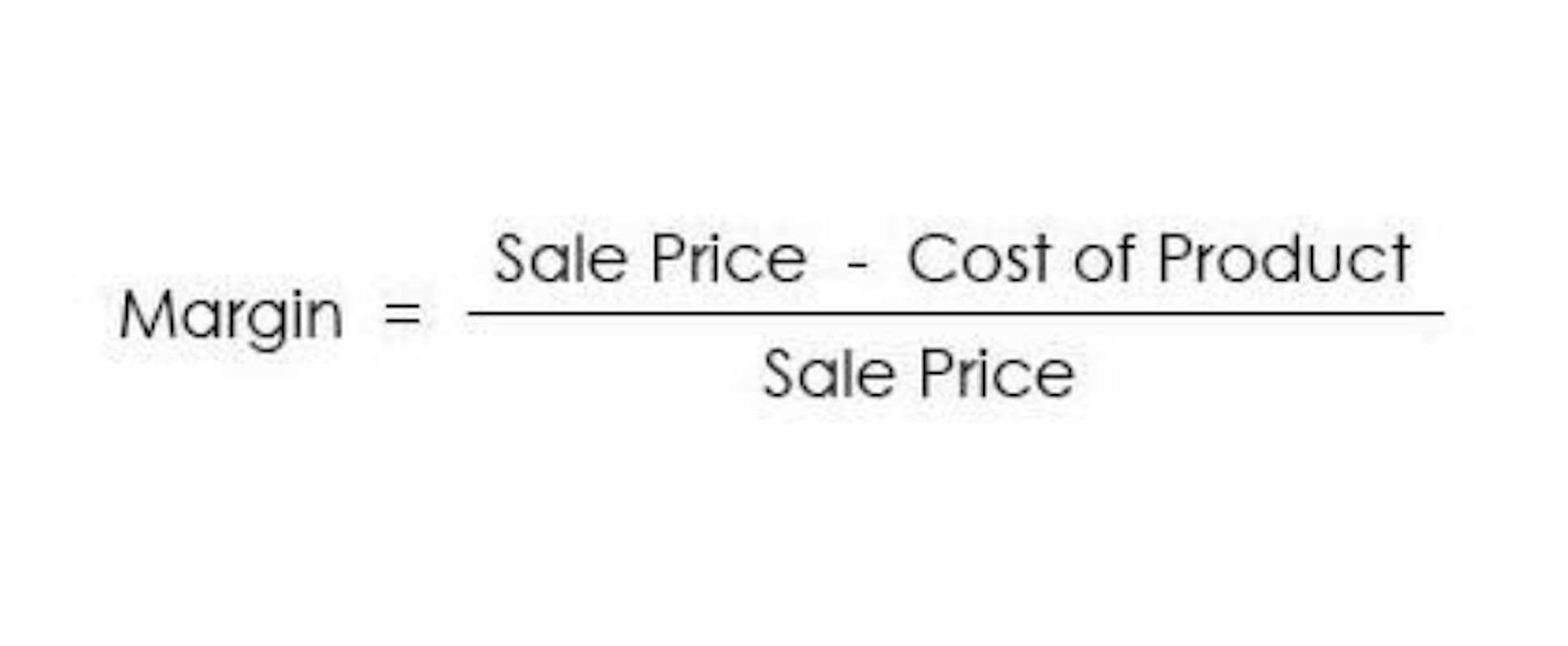Content

This naming makes more sense when you realize that encumbrance enables budgetary control by recording money that is allocated for future projects, preventing over-expenditure of a budget. Encumbrances are used to commit funds to purchase orders based on appropriations for various types of expenditures. encumbrance accounting The amount remaining in the fund balance after accounting for encumbrances and expenditures will be classified as unencumbered appropriations. In the city’s accounting records, an entry will be made debiting an encumbrance account and crediting a reserve (or budget) account for $400,000.
Some businesses also have to project commission costs paid to representatives and independent contractors, which will vary with the amount of sales. An important part of business finance and cash flow is making sure you understand how much of your available funds you can afford to place in reserve for the encumbrance account. Your reserve funds should be treated as if they don’t exist, and only dipped into for approved purchases or expenses. Though it may be tempting to leave extra money in the general fund to pull from whenever something comes up, doing so could easily over-extend your budget and place serious constraints on your cash flow. They may be rejected if the available appropriation, agency budget,
grants or project expendable budget is exceeded.
Liens
The actuals ledger reports all “day to day” financial transactions in the general ledger based on the fiscal year and accounting period. Activity for assets, liabilities, net position, revenue and expenditures are included. Revenues, expenses, gains, losses, assets, deferred outflows of resources, liabilities, and deferred inflows of resources resulting from exchange and exchange-like transactions are recognized when the exchange takes place. With how essential an accurate fund balance is, there are many ways accounting teams have tried to track this data. One type of accounting that hopes to anticipate future budgets better and provide budgetary control options is encumbrance accounting. From the setup of a more precise budget amount to avoiding red spending flags, encumbrance accounting can help your company have more accurate and helpful general book sets.
What is the difference between allocated and encumbered?
An allocation adds money to the fund, increasing its available balance. An encumbrance indicates money that is expected to be paid out, as the result of a PO line. This decreases its available balance.
One of the most common examples of an encumbrance is the money allotted when you create a purchase order for services or items from a vendor. When you make the PO, you then will generate an entry indicating the encumbrance or the money you will pay in the future for that order. Once you pay that supplier’s invoice, you will remove that money from within the encumbrance balance. The city then signs a contract with a construction company for $400,000. The act of signing this contract represents an encumbrance of $400,000, because the city is now obligated to pay this amount to the construction company. The city’s accounts will reflect this commitment, even though no money has been spent yet.
6.2 Encumbrance Policies
When they are received, expenditure will increase and encumbrances will decrease. When you decide to carry cover encumbrances, check that all journal entries are correctly made and that all the balances you’re bringing forward are correct, since the balances you bring forward https://www.bookstime.com/articles/quickbooks-accountant cannot be reversed. Your organization isn’t required to spend an entire encumbered amount in a single transaction. If it’s involved in multiple lawsuits, for example, it can encumber the potential liabilities for all of them, and then pay them out one at a time.

An encumbrance is an accounting term that refers to the funds that have been reserved for, but not yet spent on, specific expenses or obligations. In other words, it’s a claim against funds that have been set aside to cover future payments or liabilities. Payment processing automatically generates a warrant and/or direct deposit and liquidates the voucher payable
transaction on the Due Date. Users enter the Payment Distribution Type (PDT) on the transaction or allow it
to default from the vendor profile. This indicator determines if the vendor will be paid by warrant or direct
deposit and also determines if transactions will be combined across documents, appropriated funds, and/or batch
agencies before generating payment to a vendor. In Oregon, the default PDT for most vendors will combine across documents, appropriated funds and
batch agencies.
Step 2: Encumbrance
This information is educational, and is not an offer to sell or a solicitation of an offer to buy any security. This information is not a recommendation to buy, hold, or sell an investment or financial product, or take any action. This information is neither individualized nor a research report, and must not serve as the basis for any investment decision. Before making decisions with legal, tax, or accounting effects, you should consult appropriate professionals.

